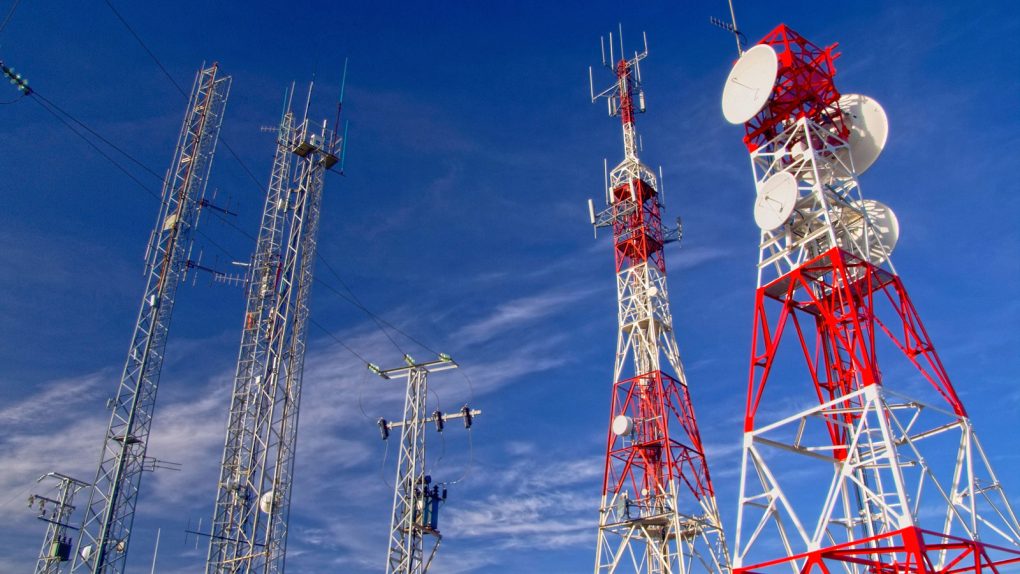The year is 2017 and despite what you might think, it’s still not a given that you’ll a have a good cell signal in the downtown of any big American city. Getting usable service isn’t just a matter of having enough cell towers: it’s a complex mix of location, number of users, spectrum, device being used, and whether the magic electric pixies are behaving.
To see which cities are good and which are borderline third-world, Rootmetrics — an organization that conducts extensive road-testing of all four major cell networks in the US — has collated results by city and published a ranking of the best and worst built-up areas for getting a signal.
The Hudson Valley, NY, metro area gets the worst ranking this year, coming 125th out of 125 cities. It’s a bad showing for the northeast, actually: Bridgeport and Stamford, and Hartford, CT, round out the 124th and 123rd places respectively. Omaha, NE, and Indio, CA, round out the bottom five.
The report is fantastic news for Dever, CO, which has managed to improve from its last-place finish last year, and has jumped up to a top-100 score. Boston also made big strides, jumping from 97th last year to 55th. Chicago was the only big city in the top five, as it placed with an impressive 4th place.
The city with the best cell service in the country was Lansing, MI, on the back of strong data speeds from all four networks. Lansing’s T-Mobile network had the fastest average download speed of any network in the country, with a blazing 48.9Mbps — way better than the average home internet connection, by the way.










